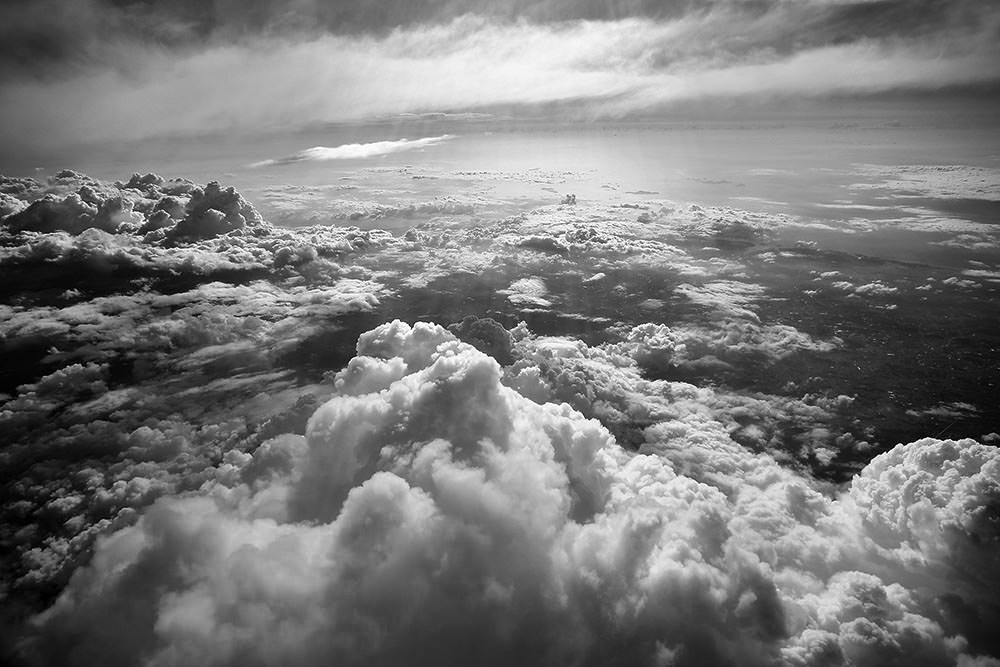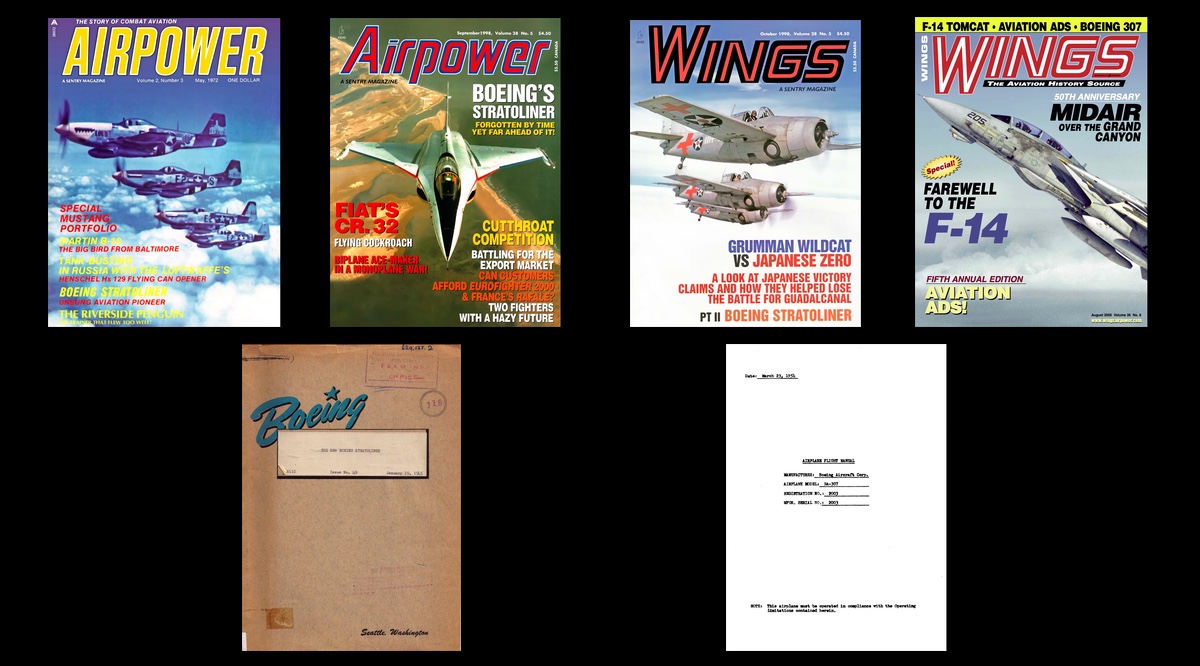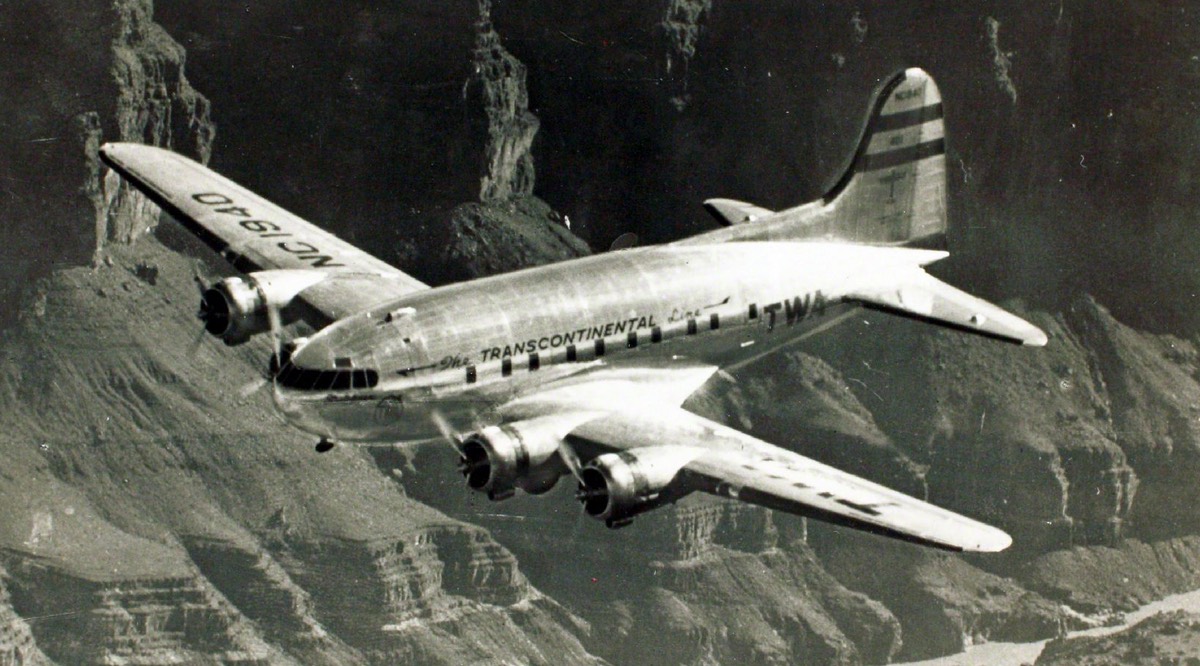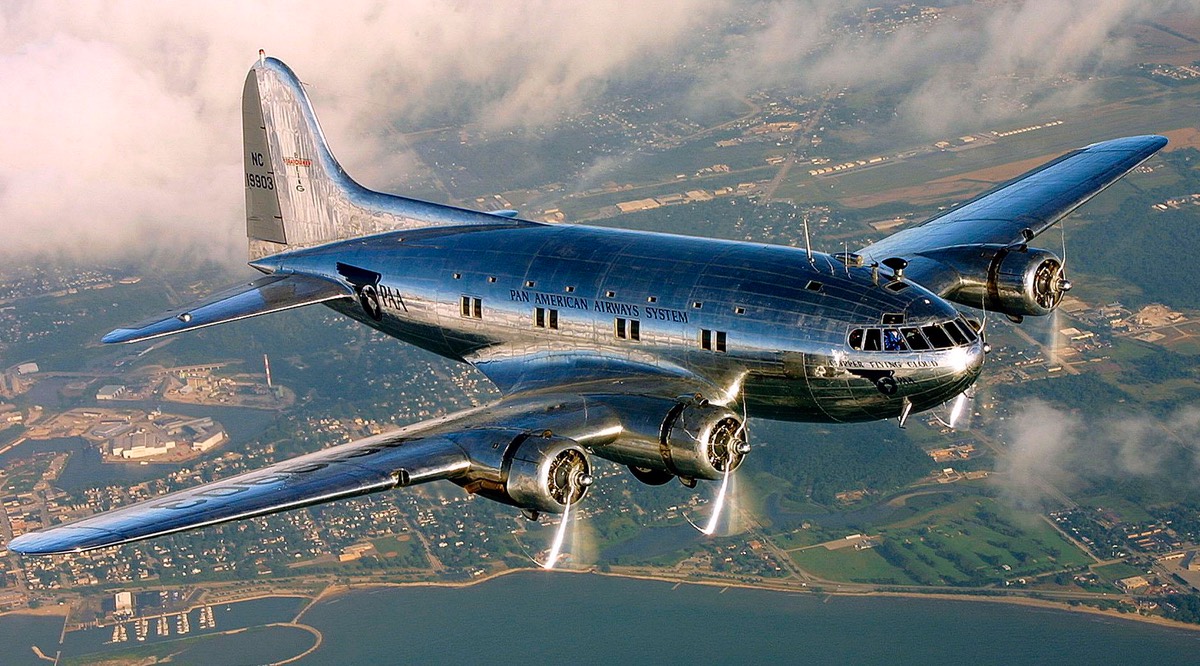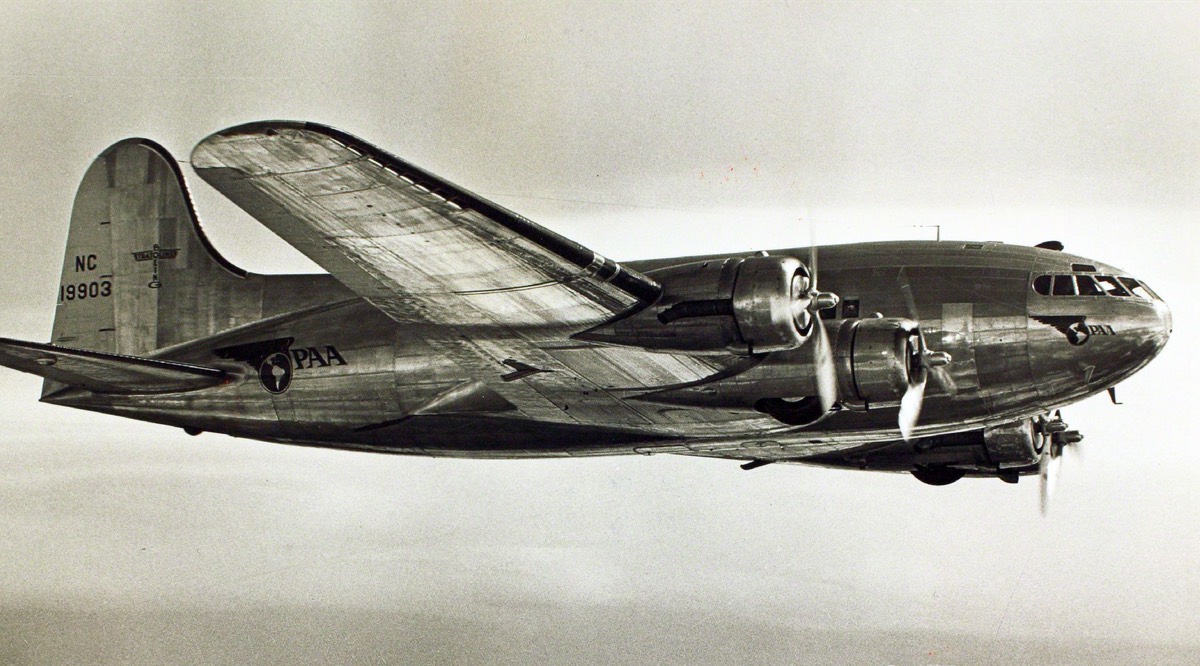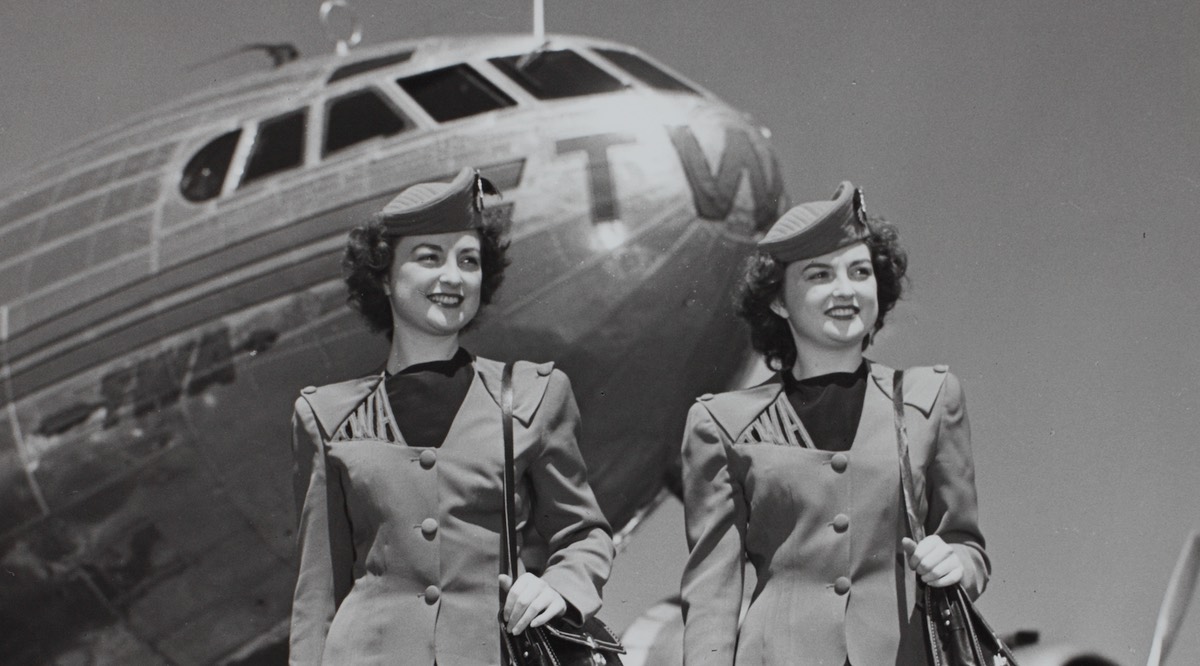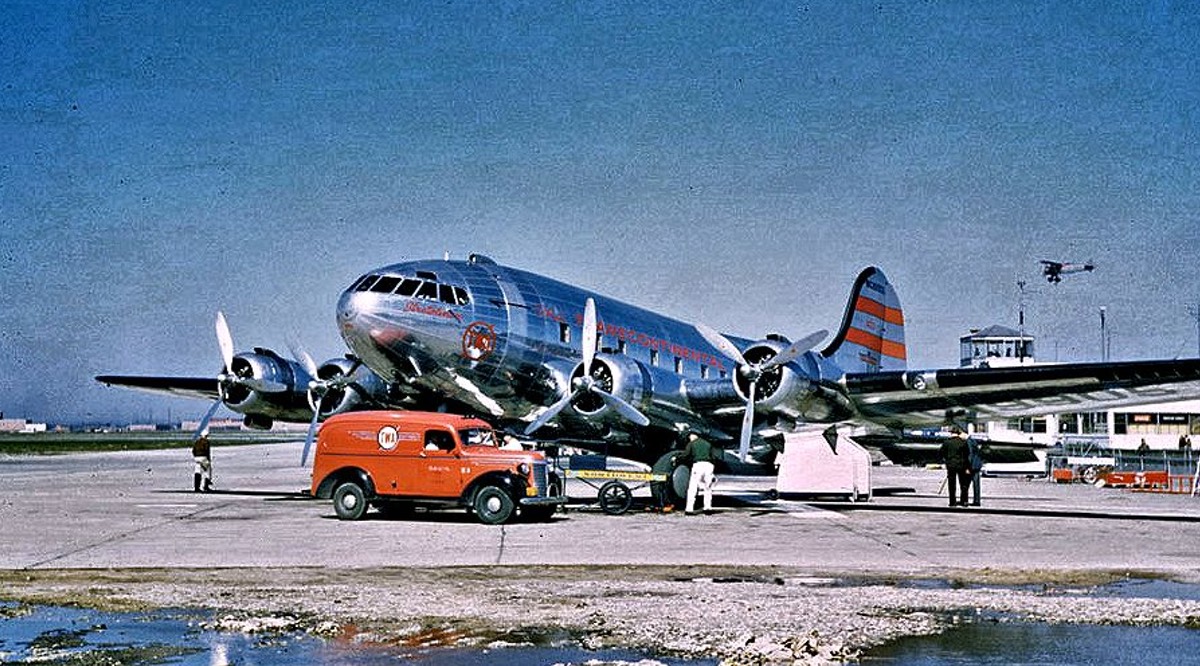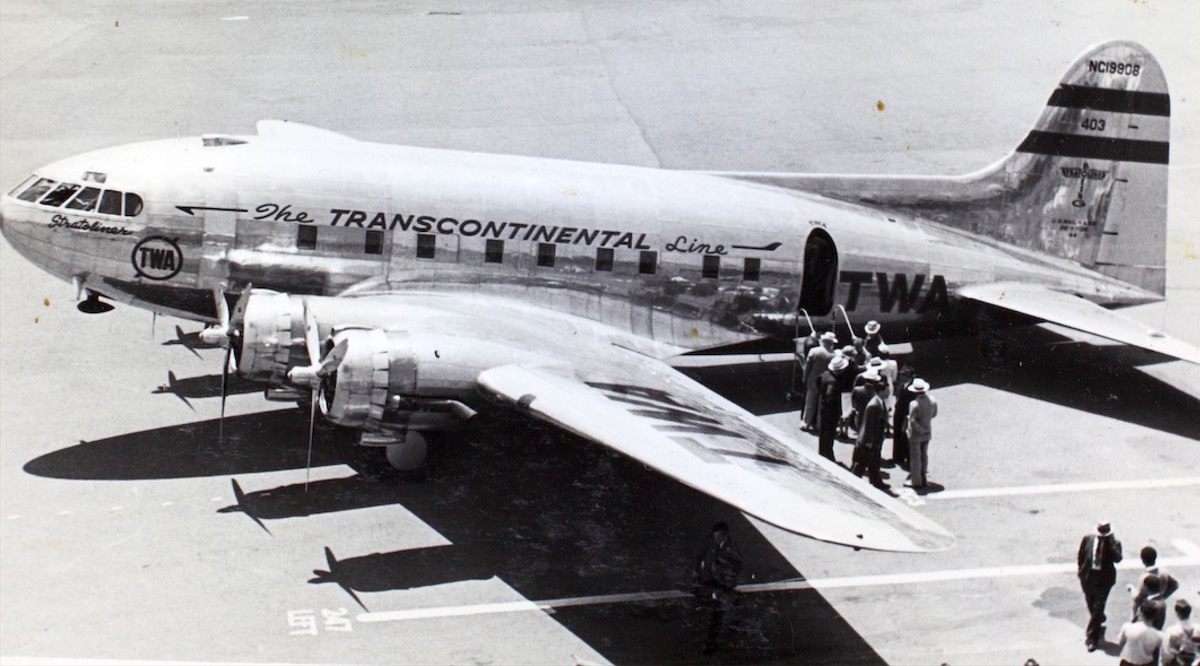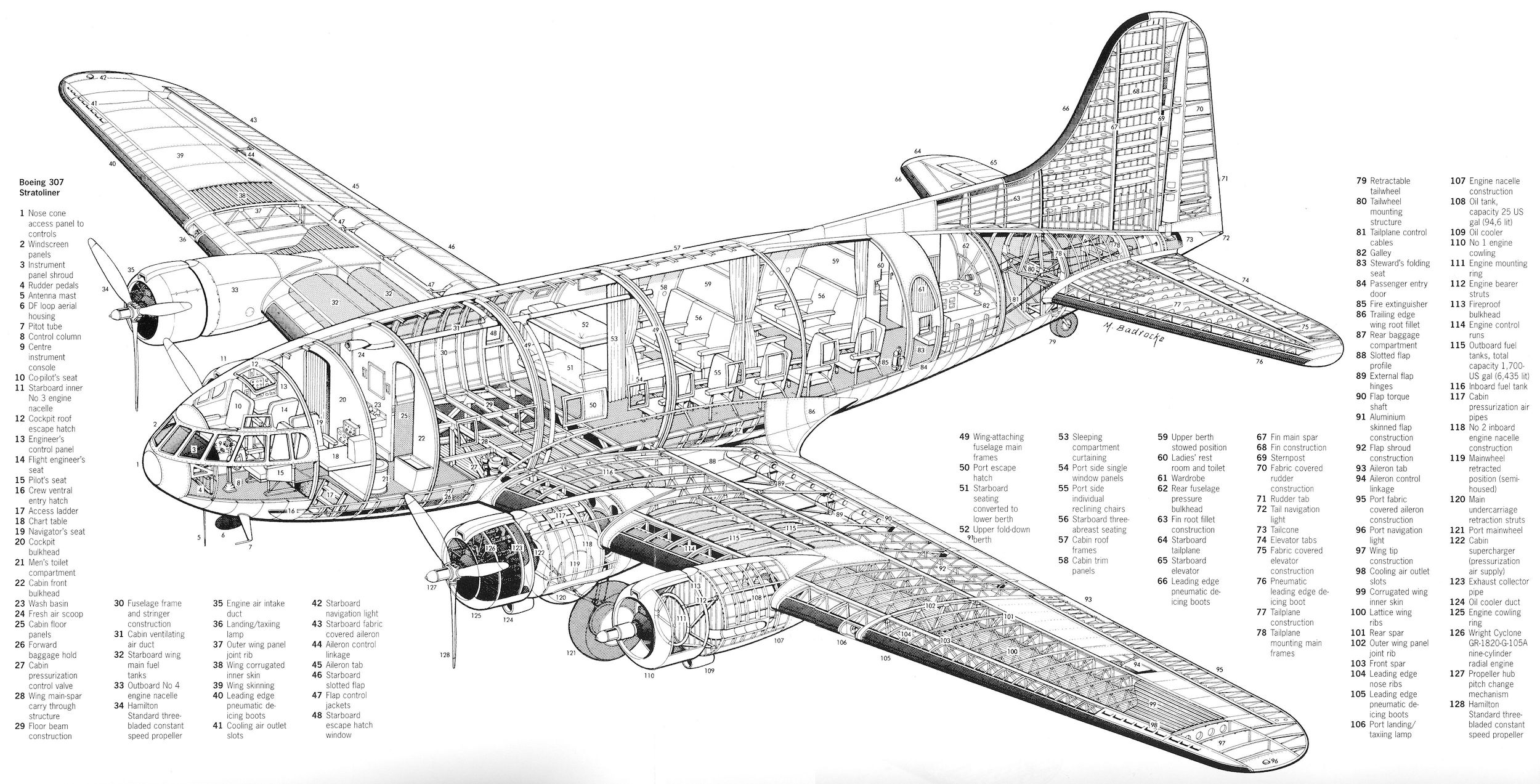Price: $14.95
- 4 magazines and 2 manuals
- PDF contains 366 pages
- Content is keyword searchable
- Print a personal copy
- Pay via PayPal or Credit Card
- International orders welcome!
- Download files upon payment
May 1972
- Long Nosed Hunter
- Type “O” Zero, Kit Review
- More Mustangs to Meet the Eye
- “Now There’s A Rare Bird”, Riverside Penguin
- Winged Can Opener, Germany’s Tank-Busting Henschel 129
- B-10 Baltimore’s Best, Bird that took the Air Corps out of the Stone Age
- Skyliner, Boeing’s Unsung 307
September 1998
- Boeing’s Stratoliner
- Fiat’s CR.32 Flying Cockroach
- Eurofighter 2000 vs. France’s Rafale, Battling for the Export Market
October 1998
- Grumman Wildcat vs. Japanese Zero
- Boeing Stratoliner, Part II
August 2006
- Farewell to the F-14
- 50th Anniversary – Midair over the Grand Canyon
- Aviation ads – Fifth annual edition
- Boeing 307
Manuals
- Boeing SA-307 Flight Manual, 1954
- Boeing 307-J Technical Specifications, 1945
- Over Boeing 307 Stratoliner Photos
Boeing 307 Stratoliner
SA-307B Specs
Variants
On Display
Cutaway
Videos
General Characteristics
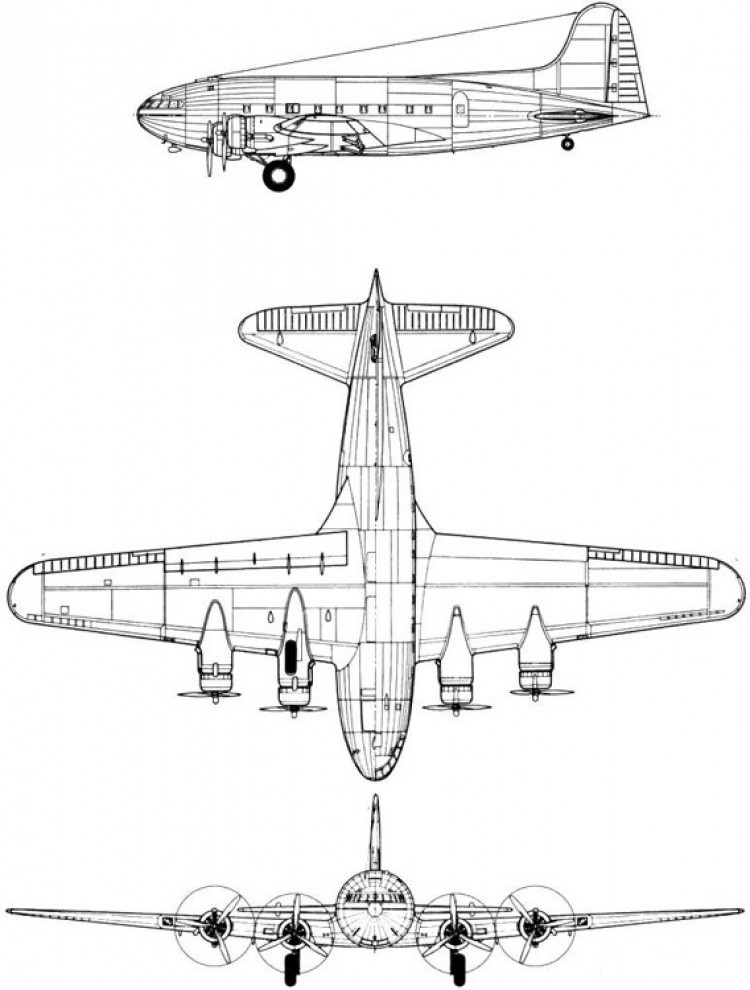
- Crew: Five, including pilot, co-pilot, flight engineer and 2 flight attendants
- Capacity: Daytime seating for 33, nighttime capacity 25, in 16 berths and 9 reclining chairs
- Length: 74 ft 4 in (22.66 m)
- Wingspan: 107 ft 3 in (32.69 m)
- Wing chord: 19 ft 0 in (5.79 m) at root and 9 ft 4.5 in (2.858 m) at tip rib
- Height: 20 ft 9 in (6.32 m) at rudder
- Undercarriage track: 295 in (7.5 m)
- Wing area: 1,486 sq ft (138.1 m2)
- Airfoil: NACA 0018 at root, NACA 0010 at tip
- Wing dihedral: 4.5° from chord line
- Wing incidence: 3.5° constant root to tip
- Empty weight: 30,000 lb (13,608 kg) to 31,200 lb (14,200 kg) in overload condition.
- Gross weight: 45,000 lb (20,412 kg)
- Maximum load: 15,000 lb (6,800 kg), with 30 passengers, 650 lbs of baggage and 1,275 US gal (4,830 l; 1,062 imp gal)/5,750 lb (2,610 kg) of fuel,
- Fuel capacity: 1,275 US gal (4,830 l; 1,062 imp gal) normal, carried within the wings. Overload up to 1,800 US gal (6,800 l; 1,500 imp gal)
- Fuel consumption: 200 US gal (760 l; 170 imp gal)/hr
- Oil capacity: 100–180 US gal (380–680 l; 83–150 imp gal)
- Powerplant: 4 × Wright GR-1820-G105A Cyclone air-cooled radial engines with two-stage superchargers, 1,100 hp (820 kW) each @ 2400rpm for sea level takeoff, reduced to 900 hp (670 kW) @ 2300rpm at 17,300 ft (5,300 m)
- Propellers: 3-bladed Hamilton Standard all-metal Hydromatic constant-speed propellers, 11 ft 6 in (3.51 m) diameter
Performance
- Maximum speed: 250 mph (400 km/h, 220 kn) at 16,200 ft (4,900 m)
- Cruise speed: 222 mph (357 km/h, 193 kn) at 19,000 ft (5,800 m) & 75% power
- Minimum control speed: 70 mph (110 km/h, 61 kn) with flaps
- Takeofff run: 1,800 ft (550 m)
- Landing run: 2,050 ft (620 m)
- Range: 1,300 mi (2,100 km, 1,100 nmi) at 19,000 ft (5,800 m) & 75% power
- Service ceiling: 23,800 ft (7,300 m) , reduced to 18,000 ft (5,500 m) when on three engines
- Cruising altitude: 15,000–20,000 ft (4,600–6,100 m)
- Absolute ceiling: 25,200 ft (7,700 m)
- Rate of climb: 1,200 ft/min (6.1 m/s) initial, from sea level
- Wing loading: 30 lb/sq ft (150 kg/m)
- Power loading: 12.5 lb/hp (7.6 kg/kW) take off, 10.25 lb/hp (6.23 kg/kW) cruise
- 300
- Original unpressurized 35,200 lb (16,000 kg) proposal with seating for 16-24 passengers which began as a four-engined Boeing 247.
- PAA-307 or S-307 Strato-Clipper
- Designation for three aircraft built for Pan Am under ATC 719. Visible external differences included engine cowlings without cowl flaps. Four 1,100 hp (820 kW) Wright GR-1820-G102A Cyclone engines were fitted, with single-speed superchargers. Crew of six. Strato-Clipper was Pan Am’s name for the type.
- SA-307B
- Designation for five aircraft built for T&WA under ATC 726. These differed externally from the Pan Am aircraft in having large external flap actuators. Four 1,100 hp (820 kW) Wright GR-1820-G105A Cyclone engines were fitted, with two-speed superchargers. Crew of five.
- SB-307B
- Designation for one uncertified aircraft built for Howard Hughes.
- C-75
- Five Trans World SA-307Bs were impressed into the USAAF. The cabin pressurization was removed to save weight, and the external flap actuators replaced.
- SA-307B-1
- The C-75s were overhauled and updated with modified B-17G wings (with 307 wing slots) and larger tailplanes mounted further aft. 1,200 hp (890 kW) Wright GR-1820-G205A Cyclone engines were fitted, along with B-29 electrical systems.
- 307C
- 50 passenger development with more powerful versions of the same Cyclone engines, boosted to 1,350 hp (1,010 kW). Boeing wanted $267,230 + 13,000 per engine (or $319,230) but development was cancelled in favour of the 377 Stratocruiser, based on the B-29.
- 316
- Airliner project developed from the XB-15 with pressurized cabin similar to that used on the Stratoliners, offered to KLM as a larger Stratoliner but not followed through with.
- 322
- Development of 307 with similar fuselage but with a mid-mounted wing and a nosewheel, as a bomber. Eventually evolved into the B-29.
The sole intact Boeing 307 Stratoliner, NC19903 is preserved in flying condition at the Smithsonian’s Steven F. Udvar-Hazy Center. After having been restored to flying condition, it was being delivered to the Smithsonian on what was to be its last flight when it ran out of fuel and ditched in Elliott Bay near Seattle, Washington in March 2002. Despite the incident, it was raised and again restored, and it completed its flight to the Smithsonian, where it was placed on display.
The forward fuselage of Howard Hughes’ 307 (NX19904) also survives, although it was stripped of flying surfaces and the rear fuselage, and converted into a houseboat. The aircraft was awaiting restoration at Fort Lauderdale International Airport in August 1964 when it was severely damaged when Hurricane Cleo tore it loose from its tiedowns, and it was blown into a stand of trees. The aircraft was later salvaged and converted into a house boat and the interior remains notable for the additions made when owned by Howard Hughes. It is now part of the Florida Air Museum’s collection.
